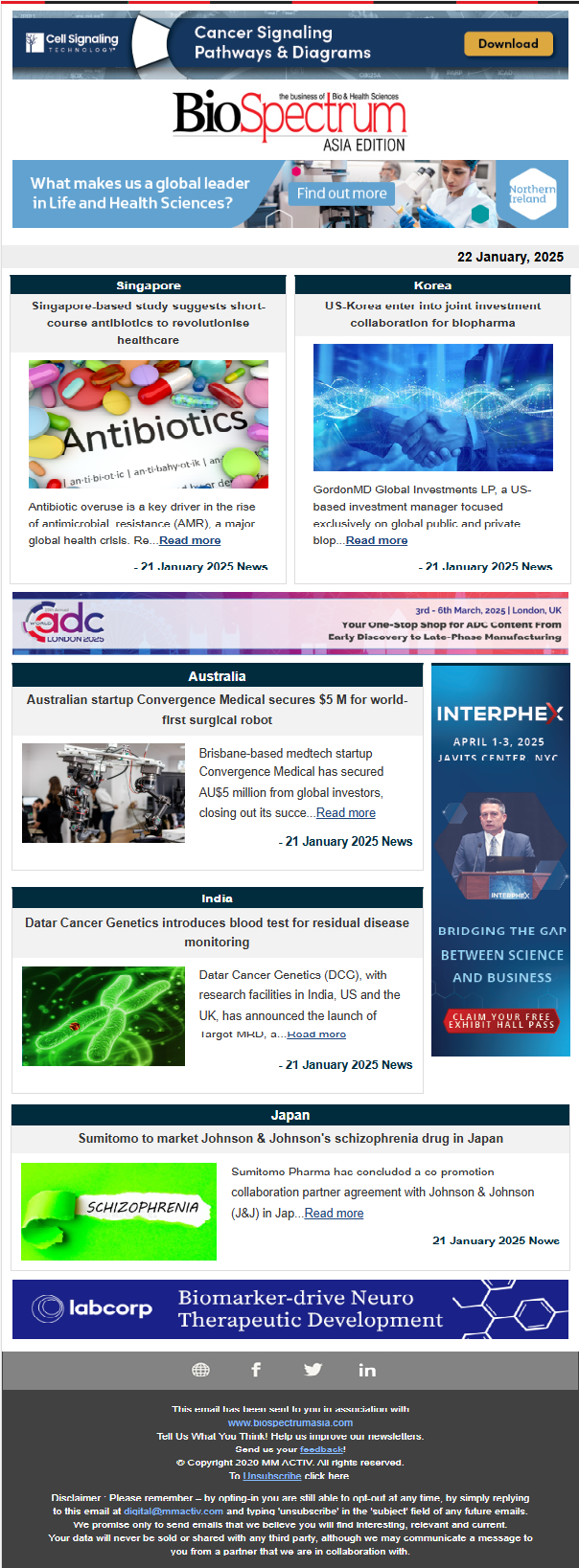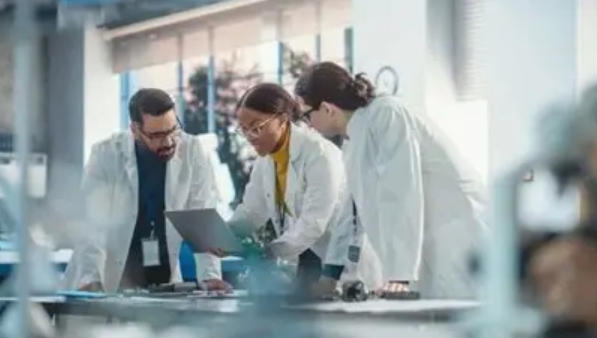
Can you tell us about NeuroSigma?
NeuroSigma is a Los Angeles, California-based bioelectronic medical device company developing technologies to transform medical practice and patients' lives. The company’s lead product is the Monarch eTNS System, which is the first non-drug treatment for paediatric ADHD cleared by the FDA. Pipeline indications for the Monarch include neurodevelopmental disorders such as Autism Spectrum Disorder (ASD), learning disabilities, and epilepsy. The Monarch is a wearable, home-use medical device with a daily disposable that is prescribed like a pharmaceutical. NeuroSigma is currently preparing to launch Monarch 2.0, which is the second generation version of its Monarch eTNS System.
How do you anticipate the FDA clearance of Monarch 2.0 will impact NeuroSigma’s position in the market, and what steps are you taking to ensure widespread adoption of this device?
NeuroSigma’s Monarch 2.0 will fuel the company’s next leg of growth by providing a scalable platform for eTNS that can be deployed worldwide. Our strategy is to partner with CNS-focused pharmaceutical and device companies outside the United States, who can leverage their existing salesforce to quickly deploy the Monarch. In parallel, NeuroSigma will take responsibility for the U.S. market and continued clinical development in ADHD and our pipeline indications. We believe this strategy will position us as the global leader in treatment of paediatric neurodevelopmental disorders.
With the establishment of a subsidiary in Singapore, what are your strategic goals for expanding into international markets, and how do you plan to address the unique challenges and opportunities in these regions?
Singapore has established a reputation as a scientific thought leader and first adopter of new technologies. When this is combined with its business-friendly environment and strategic location for easy access to southeast Asia, Singapore became the logical choice for NeuroSigma to base operations in this part of the world. Our strategy is to work with Singapore’s scientific and clinical leaders in the treatment of paediatric neurodevelopmental disorders to demonstrate the value of our product prior to expanding to other countries in the region.
What are the current trends in the treatment of neurological disorders, particularly ADHD, and how does NeuroSigma plan to stay ahead in this rapidly evolving market?
Over the past 75 years there have been remarkable advancements in humanity’s understanding of biology and medicine on a molecular level. This has facilitated an explosion of pharmaceutical treatments that have improved health and increased life spans worldwide. Despite these advancements, disorders of the central nervous system (CNS) continue to be difficult to treat and currently represent one of the largest unmet needs in healthcare.
In parallel with the advancements described above, our ability to record, understand, and manipulate electrical activity in the CNS has improved exponentially, particularly over the past 20 years. At a fundamental level, the brain is an electrical network and the way that network functions changes as we age and as we experience various disorders and conditions. NeuroSigma views the future of treating CNS disorders as a combination of electromagnetic and pharmaceutical interventions where quantitative biomarkers of brain activity are used to diagnose and monitor these conditions.
NeuroSigma’s Monarch is at the cutting edge of this trend because we have identified certain brain biomarkers that respond to eTNS therapy and have correlated those changes to clinical outcome. In the future, we envision more advanced technologies that combine AI-based treatment algorithms with real-time feedback and adjustment of stimulation to achieve a desired therapeutic effect.
Any other thing that you would like to add.
NeuroSigma views Singapore and countries throughout Asia as key to global adoption of eTNS therapy. We are open to partnerships throughout the region, and look forward to bringing this unique and important therapy to the patients and families who will benefit from the Monarch.
Ayesha Siddiqui




